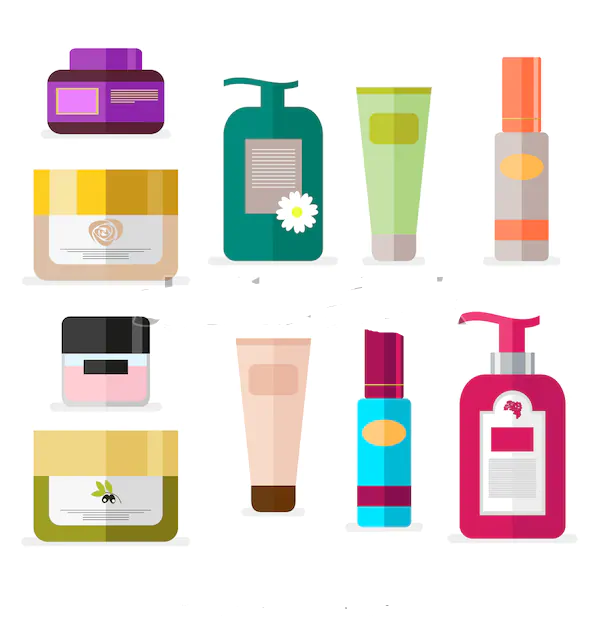
By Marc Lifsher, September 26,2013
|
Under the new rules, which go into effect Oct. 1, the state will identify classes of products for review, such as nail polish, personal care and cosmetics. Manufacturers will then have to perform detailed analyses to justify whether hazardous chemicals are needed or whether substitutes are available. ((David McNew, Getty Images) |
In the past, the state took a piecemeal approach. Lawmakers would ban specific chemicals from particular products, such as bisphenol A in baby bottles and sippy cups.
That's being replaced by a more systematic approach. Under the new rules, which go into effect Oct. 1, the state will identify classes of products for review, such as nail polish. Manufacturers will then have to perform detailed analyses to justify whether hazardous chemicals are needed or whether substitutes are available.
"They have to look at alternatives and identify one that is in fact safer," said Debbie Raphael, director of the California Department of Toxic Substances Control.
The rules are "practical, meaningful and legally defensible" against potential industry lawsuits, she said.
Environmental and public health advocates generally support the regulations as pioneering..
"This marks a sea change in the way that California is going to be managing toxic chemicals," said Gretchen Lee Salter, senior program and policy manager at the Breast Cancer Fund in San Francisco. The national organization focuses on prevention.
Regulators for too long have been concentrating on what is a safe exposure to a toxic chemical, rather than figuring out how to avoid any exposure at all, Salter said.
She said, however, that she's worried the regulations could be hobbled by legal challenges or be preempted by passage of a federal law pending in Congress that would prohibit states from passing their own, tough toxics laws.
Some industry groups oppose the new rules as overly complicated, costly and likely to scare consumers unnecessarily.
The California Chamber of Commerce contends that the state failed to perform an adequate analysis of the effect on businesses.
The American Chemistry Council, which represents such giants as Dow Chemical Co, DuPont and BASF Corp., filed written comments to the state, saying: "At best, the proposed regulation will produce a marginal improvement in human health and environmental safety, but at great cost and lost opportunities for businesses nationwide.
"ACC is also concerned that the regulation creates the real prospect of consumer confusion and unwarranted alarm as more than a thousand of the most commercially important substances are designated as subjects of the state's 'concern,' based only on a loose assessment of hazard characteristics."
Brown administration officials will unveil the new Safer Consumer Products rules Thursday morning at a small manufacturing firm in Richmond. Hero Arts Inc., which produces rubber stamps and supplies to make greeting cards, has eliminated the use of toxic chemicals from its processes.
Applying the regulations will be "a careful and deliberate" process that will start small and expand over time as the kinks are worked out," said Raphael, toxic substances director.
She said her staff plans to come up with a list of a couple of hundred products that contain chemicals that pose the greatest potential danger to health or the environment. Based on that list, regulators will choose three to five consumer "priority" products for analyses and possible reformulation. Manufacturers will then need to come up with safer alternative to make those products, she said.
Priority candidates might include nail polish that contains toluene, a possible reproductive hazard; carpet adhesive with formaldehyde, a carcinogen; and mercury in fluorescent light bulbs, Raphael said.
The vetting for each class of consumer product could take nine months to a year.
The slow, complicated process is "imperfect" but worth pursuing, said John Ulrich, a lobbyist for the Chemical Industry Council of California.
"It will be expensive, complex. There will be emotions down the line as we go forward," Ulrich conceded. "But it's time to move on to the next phase."
For safe and healthy products without toxic chemicals visit here and
Also another favorite product manufacturer visit here